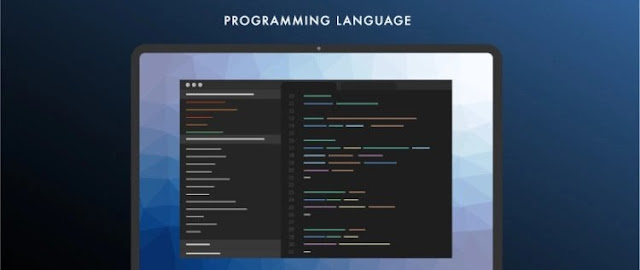Does data science and data analysis interest you? Is it a part of your day-to-day task? If yes, then it is possible that you have heard of the programming language R, if you don’t already use it. While it is considered to be one of the more popular statistical programming languages, it is not one that can be mastered overnight, especially without proper training.
Learning R has become a necessity for various professions, including data scientists and analysts. If you’re contemplating a career in these vocations or are seeking to upgrade yourself, you’ll need to understand the basics of the language first. In this blog, we will break down everything you need to know about R programming, from data mining and analysis to statistical computing and graphics.
What Is R Software?
R was initially designed in 1993 by Ross Ihaka and Robert Gentleman as an alternate to the S language. It was made an open-source software in 1995 under the GNU General Public License.
Several large companies such as Google, Uber, Facebook, Airbnb, etc., use the R programming language.
R and its libraries feature an extensive catalog, covering machine learning algorithms, time series analysis, linear regression, statistical inference, and more.
What Is R Package?
When using R, the unit of shareable code is known as the package. This package often bundles together code, tests, documentations, data, and much more, making it easy for it to share with others. Roughly 12,000 R libraries are currently available on the Comprehensive R Archive Network (also known as CRAN), which is a free and open-source resource. R has gained popularity over the years, primarily due to this reason. Moreover, you can also download and use several libraries already available to perform time series analysis or machine learning.
How to Use R with RStudio
While R is a statistical programming language, RStudio helps the user use R language to develop statistical programs.
RStudio is also often referred to as an integrated development environment (IDE). This platform allows you to develop and edit programs in R with ease. Since R can be a tough langage to master, RStudio helps by supporting a large number of statistical packages, higher quality graphics, and giving you the ability to manage your workspace.
Should You Choose R?
Nowadays, most data scientists use R and Python for their data mining and analysis. It is common to find existing solutions to problems you may face on an open-source platform like R.
There are many ways that you can also share and present your work using R. Often, you will find it hosted on open-source platforms that allow you to export the document in a variety of formats such as HTML, PDF/Latex, Word, Presentation, PDF beamer, etc.
Your main focus as a data analyst is to use a programming language that can help you compute and communicate your discovery.
Things to Know Before You Start Learning R
Here are some of the things that you need to know before you start learning R:
◉ R is built to be used as a statistical computing software.
◉ It runs on nearly every platform including Mac, Windows, and Linux.
◉ R helps make data visualization easier and powerful.
◉ Over the years, R has managed to gain much popularity, which is only growing by the day.
◉ Learning R language can help increase your chances of getting a job.
Although learning how to write R programs will not turn into a job straight away, it is a skill that most data scientists must be able to perform in their daily role. However, if you are applying for the role of a software developer or application security engineer, knowing the basics of R can help you stand out from the crowd.
Start Your R Journey with CodeRed
Now that you’ve become acquainted with the R programming language, it’s time to dive deep and learn how to use it your line of your work or future employment. A short-term course is the best way forward since it offers flexibility and teaches you exactly what you need to know. A popular choice is CodeRed’s Introduction to R Programming course, which takes you through the fundamental programming concepts in R.
After learning the basics, you will learn how you can organize, modify, and clean data frames in R. Creating data visualizations that showcase data insights will be next. At the end of the course, you will be able to finish statistics and hypothesis testing to become a data analysis expert.
Source: eccouncil.org






0 comments:
Post a Comment